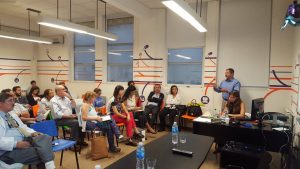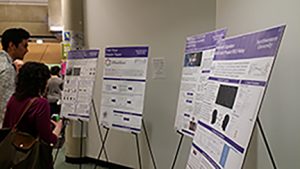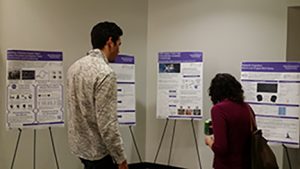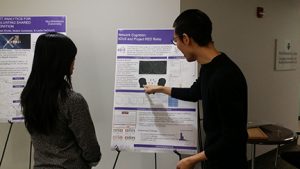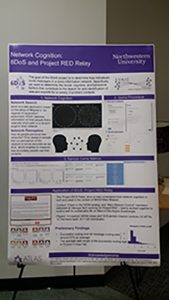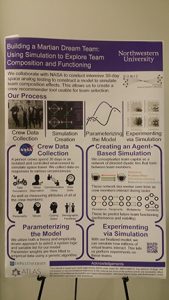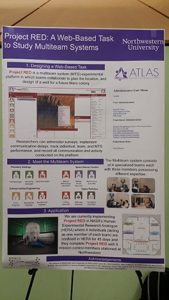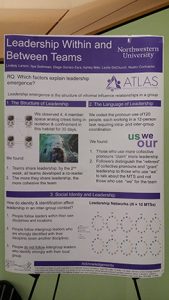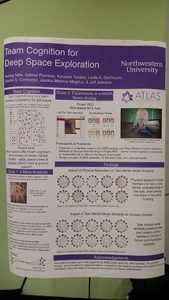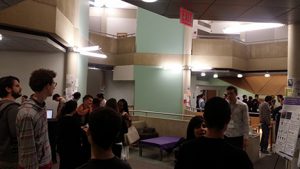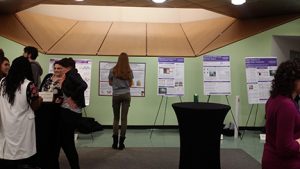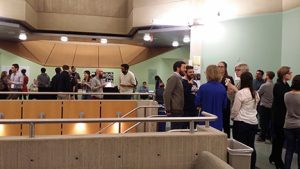The work could lead to a new approach to the study of what is possible, and how it follows from what already exists.
Innovation is one of the driving forces in our world. The constant creation of new ideas and their transformation into technologies and products forms a powerful cornerstone for 21st century society. Indeed, many universities and institutes, along with regions such as Silicon Valley, cultivate this process.
And yet the process of innovation is something of a mystery. A wide range of researchers have studied it, ranging from economists and anthropologists to evolutionary biologists and engineers. Their goal is to understand how innovation happens and the factors that drive it so that they can optimize conditions for future innovation.
This approach has had limited success, however. The rate at which innovations appear and disappear has been carefully measured. It follows a set of well-characterized patterns that scientists observe in many different circumstances. And yet, nobody has been able to explain how this pattern arises or why it governs innovation.
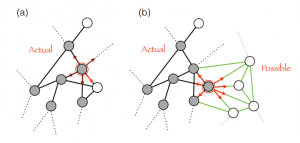
Read the complete article here.
You can see the published paper here.

